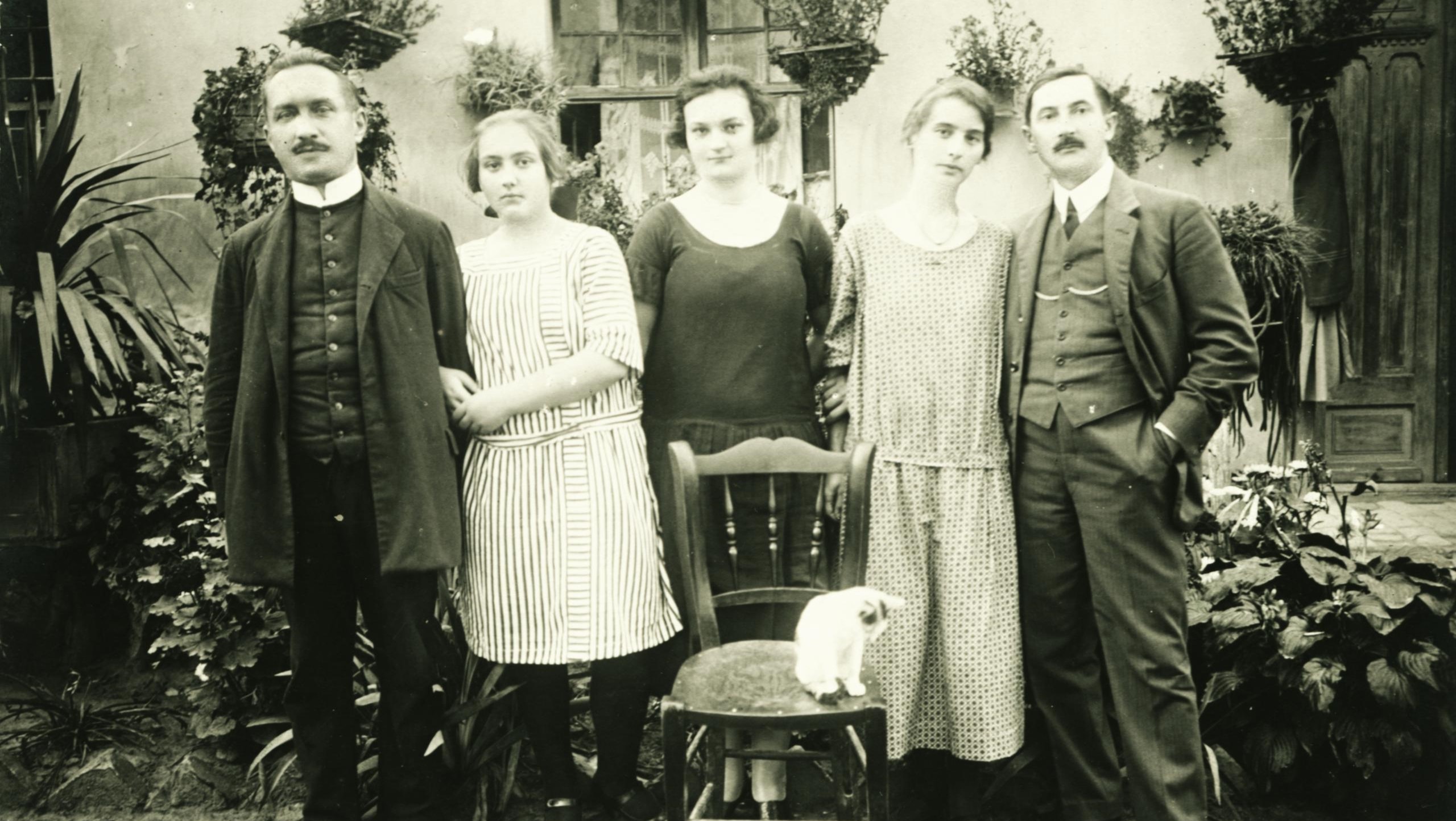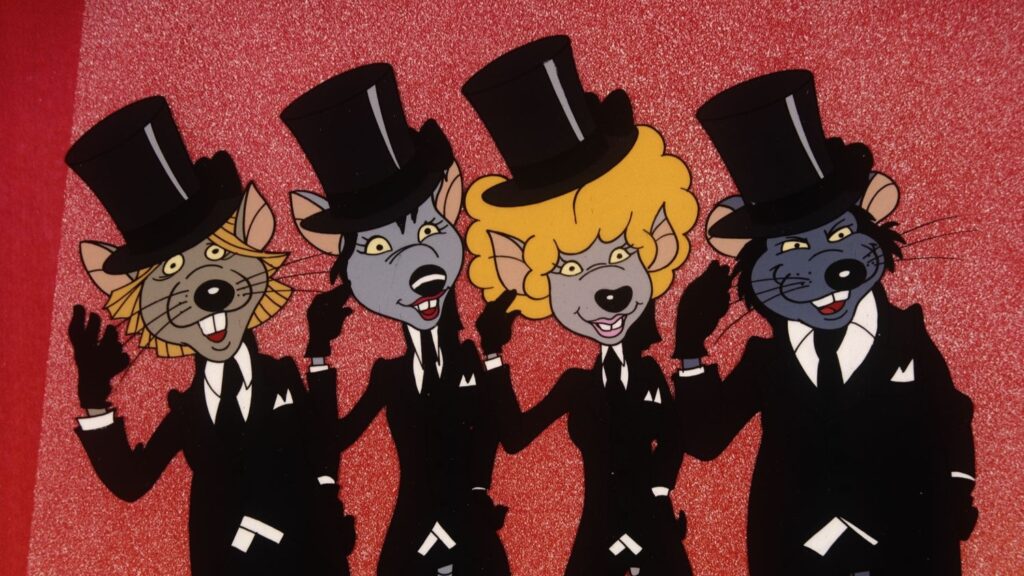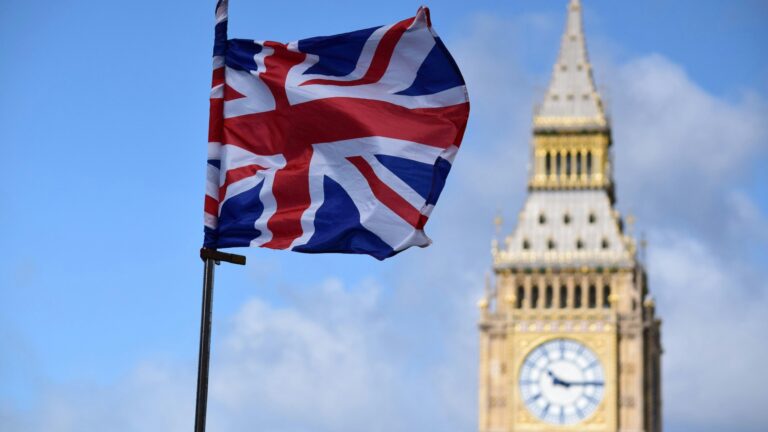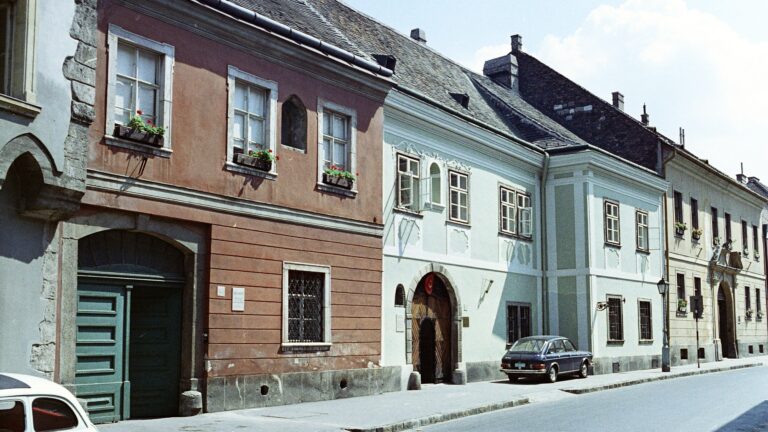Part VIII: The Clothing of Protestant Ministers from the 20th Century to the Present*
After World War I, ORLE (Országos Református Lelkészegyesület, National Pastoral Association of the Reformed Church in English) continued to exist only nominally. After the death of Dezső Baltazár, Bishop László Ravasz of Budapest and then Imre Szabó, a pastor from Budapest, became the president of the association, the latter until 1949, when the communists took power. (After the communist takeover the association was dissolved.) During the years of the Horthy era, several pastors wore the Protestant uniform as prescribed by ORLE. One of them was the pastor of the Papkeszi parish of the Reformed Diocese of Veszprém, who was photographed in 1927 on the occasion of the consecration ceremony of the levente[1] flag. The pastor, who wears a beard, moustache, robe, and ankle-length toga, however, is distinguished by his Turkish-style mitre, which makes him look like an Orthodox Romanian pope.
Another surviving photograph from 1928 shows the bishop and deans of the Transtibiscan Diocese. The ORLE uniform appears here, too. Bishop Dezső Baltazár and two of his deans wore them, the others wore frock coats under their robes. Lajos F Varga, dean of Debrecen, strangely enough, wore the cord belt of the ORLE uniform with his frock coat.
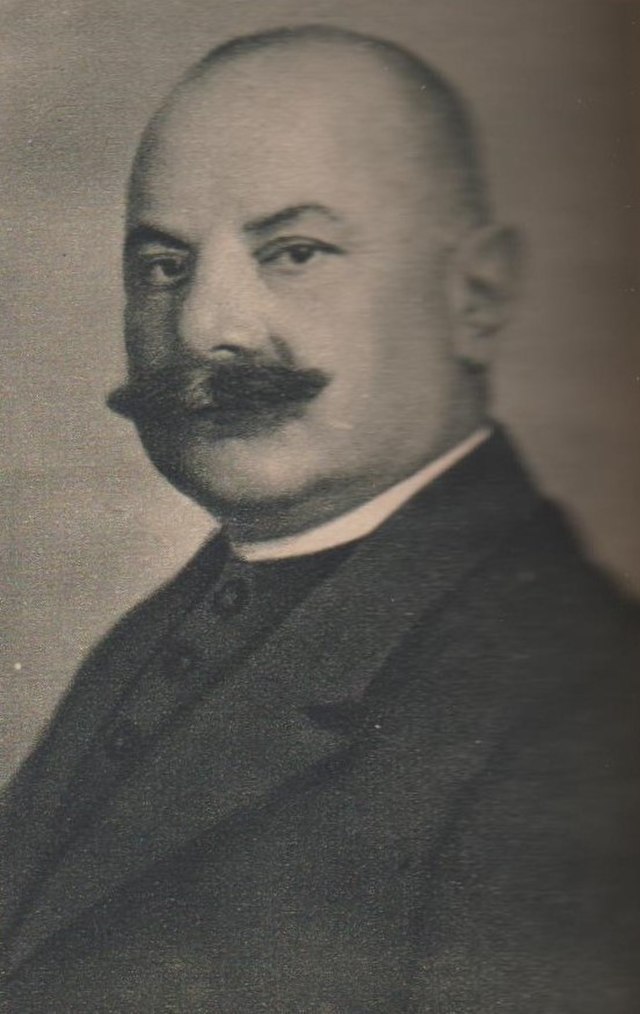
It was also in 1928 that Géza Antal, Bishop of Transdanubia, celebrated the 40th anniversary of his ordination as a pastor. To mark the occasion, József Szántó, a master tailor of pastoral vestments in Hódmezővásárhely, issued a commemorative card depicting the bishop in an ORLE uniform. The artist Mihály Nemes, who made the drawing, depicts the bishop in a robe, an ankle-length toga, and a pair of glasses.
‘After World War I, ORLE continued to exist only nominally’
The uniform Reformed clerical dress did not spread, but nor did the so-called Luther robe among Lutheran clergy. On 27–29 August 1931 an ORLE congress was held in Debrecen, in which four Lutheran pastors participated. Béla Kósa, a pastor from Szamoskér, published an article about them, or more precisely about their costumes, in the journal titled Lelkészegyesület (Pastoral Association). While stating that there will never be a completely uniform cloak and uniform Luther robe, he called the white plaques on the robe reminiscent of the stone tablets by Moses ‘ties and scarves’. The indignation of the Lutheran public is evidenced by the fact that in the Lutheran newspaper Jöjjetek Énhozzám (Come to Me), issue 27 of 1931, the interpretation of the plaques in this ‘disrespectful’ way was called a ‘mocking insult’. The editorial staff of the association publicly apologized for the error in the paper’s next issue.
In the summer of 1933 ORLE held its general meeting in Nagykőrös, where a photograph was also taken of the event. The scene when the pastors marched into the church was captured for posterity. This photograph attests to the fact that the preachers’ garments varied back then, too, including wide-collared robes, striped trousers, striped ties, frock coats, and many different types of clothing…
In the 1930s Bishop László Ravasz of Budapest also had himself photographed. He wore a frock coat, a stiff collar, a Corvin wreath[2] around his neck, a wide green silk ribbon with the civil cross of merit for members of the Upper House, and the grand cross of the knightly order of Miklós Horthy on his chest. His tricky robe with a velvet collar is unwrinkled in the picture.
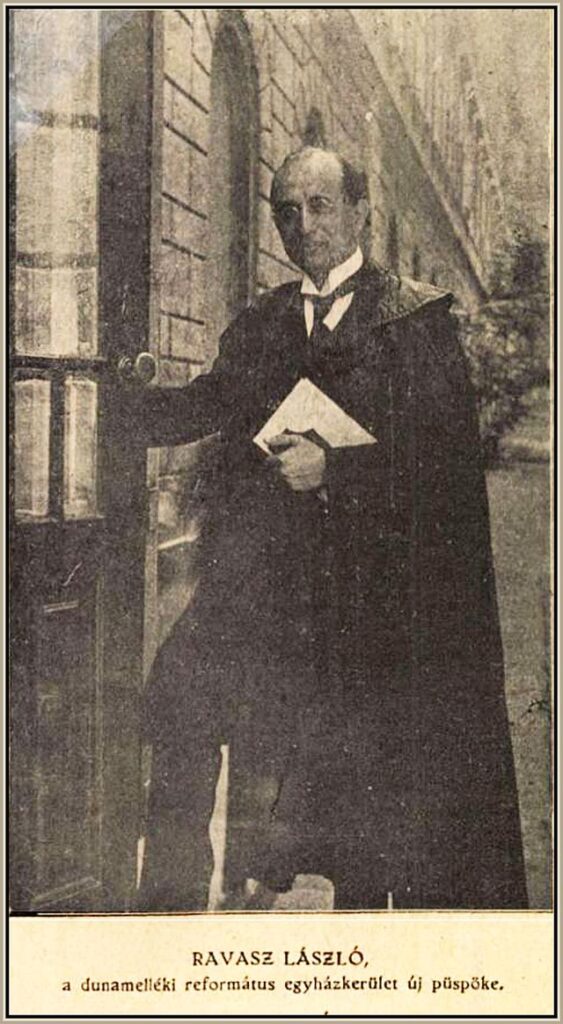
The Fourth National Synod, which opened on 8 May 1928 in Budapest, established the new Code of the Reformed Church of Hungary. Section 11 of Article II of the Law stated the following:
‘Every pastor and qualified person for the pastoral office shall conform by his appearance, clothing, and attire to the solemn dignity of the pastoral office, and therefore shall refrain from unusual and conspicuous dress. In the performance of church services, every pastor and qualified person for the pastoral office shall wear a uniformly prescribed dress, consisting of a long black coat, a black cloak, and a Hungarian black velvet mitre. Pastors, religious educators, and institutional, as well as assistant and associate ministers, are required to wear a long black coat on all occasions when they are formally present at a church or major civic ceremony.’**
The Article was slightly changed by the 1967 Act, which read as follows: ‘Ministers shall wear black vestments when performing church services, and men shall wear a uniformly prescribed black cloak and occasionally a black mitre. A pastor shall conform by his appearance, clothing, and attire to the solemn dignity of the pastoral office and shall wear a dark suit on church or social ceremonies.’
Today, pastors indeed wear a black suit, perhaps a vest, a white shirt, and a black tie. However, a uniform in the literal sense as such has not been introduced ever since and it seems unlikely that it ever will be.
[1] The so-called ‘levente’ (Hungarian knights in the Middle Ages) organizations served the military preparation and national education of boys aged 12–21 in Hungary between the two world wars.
[2] An award founded by Governor of Hungary Miklós Horthy in 1930. It is awarded to individuals who have made outstanding contributions to Hungarian science, literature, and art, as well as to the promotion of Hungarian culture.
*This article was largely based on Béla Takács’s book titled A magyar református lelkészek öltözete (The Garments of Hungarian Reformed Church Pastors), Hernád kiadó, Debrecen, 2004.
**This and all the other quotations in the article were translated by Hungarian Conservative.
You may want to read some of the previous instalments of the series as well:

